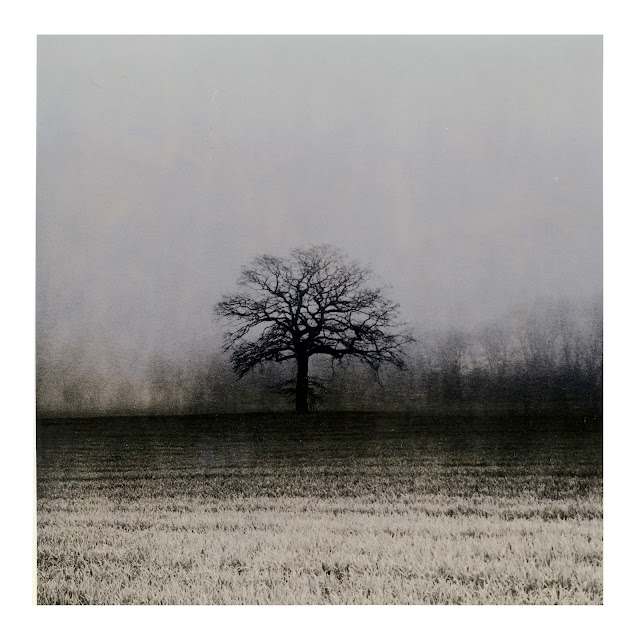Gold Toner
I decided to expand my toning regime and dip my toe into gold toning. It seems to work well with lith development where the warmer tones get more of a blue cast to them. Iron blue toning can be garish, and I am looking for something more muted. Another option was to try cobalt with iron as it can get some lovely blue tones that takes away some of the harshness iron toning alone can have.
Without a lot of research, I bought some Nelson Gold (MT6) toner for Wolfgang Moersch. I bought it and a refresh of his EasyLith directly from him as none as in stock in the UK. Even with shipping from Germany it was cheaper than if I had ordered it locally, something to keep in mind. He also sells a conventional gold toner called MT10 and used to sell one called MT9 that is no longer listed on his site. I confused the descriptions of the MT9 and MT6 toners which led me to buy the MT6 toner.
Gold toner can be disappointing if you have a neutral or cold tone paper and developer. It does not shift the color but increases the archival permanence. This is why I have stayed away until now where my renewed interest in lith printing where warmer tones will react by giving a blue to magenta tone.
The Nelson Gold toner is a little more complicated to use as it must be used at 40C temperature. I achieve this by placing my 8x10 tray inside a larger tray and filling the larger tray with boiling water mixed with tap water to get to around 55-65C. I then pour the gold toner into the 8x10 tray and agitate until the temperature comes up to 40C. I keep the kettle of boiled water handy if I need to rewarm the bath. I find the bath at 55C keeps the temperature of the toner at 40C. I read somewhere that microwaving ruins the toner which I find hard to believe but at 78 euros a liter I decided not to risk it.
The process is simple after this. You immerse the print in the toner which is used undiluted. The print does not need to be thoroughly washed as the toner has fixer in it already. The toning starts to happen in the first minute or so. You wash in water only (no wash aid the documentation says mysteriously).
I find it works a little like selenium where the shadows change first then the mid-tones then the highlights. This is actually pretty useful as I found though the deep shadows did not change much the when the mid-tones started to shift, it lifted the contrast for those even more. One could see a use in improving mid-tones contrast.
Around about 2-3 minutes I found the highlights shifted to a blueish cast and this moved with time to slate blue to blue gray to neutral. The print I toned first 'completed' in about 7 minutes and did not shift color at all after that.
 |
| 7 minutes Gold Toner Oriental Seagull G2 EasyLith Print |
With this in mind I made a couple of prints with shorter toning times from existing lith prints.
 |
| 1 minute Gold Toner Oriental Seagull G2 EasyLith Print |
 |
| 1 minute Gold Toner Oriental Seagull G2 EasyLith Print |
The next print I only soaked the sky up to the horizon in the toner. This works well in prints where there is a defined horizon line. This results in a two-tone print where the sky takes on a slate blue color and the stubble inf the foreground has a warmer almost yellow tone. I may play with sepia toning this area in the next iteration.
 |
| 3 minute Gold Toner sky to the horizon. Stubbled left untoned. Oriental Seagull G2 EasyLith Print |
Encouraged by this I tried one of last sheet so Fotospeed Lith paper on the same image. This paper lith develops to wonderful pink tones. I exposed this at f5.6 at 45 seconds then burned the sky and gradually the foreground for 45 more seconds. I developed it in a fresh batch of EasyLith and then toned it in gold toner above the horizon again.
 |
| Gold Tone above Horizon 1-2 minutes. Fotospeed Lith EasyLith Print |
The result is almost surreal. The sky has a mottled tone and otherworldly hue while the stubble takes on a post-apocalyptic pink/magenta hue.
 |
| Gold Tone 5+ minutes Fomabrom Variant 123 EasyLith Print |
This print was remarkably resistant to color change. Left it in the toner for at least 5 minutes. The shadows darkened noticeably but the highlights did not shift color despite being warm toned.
Comments